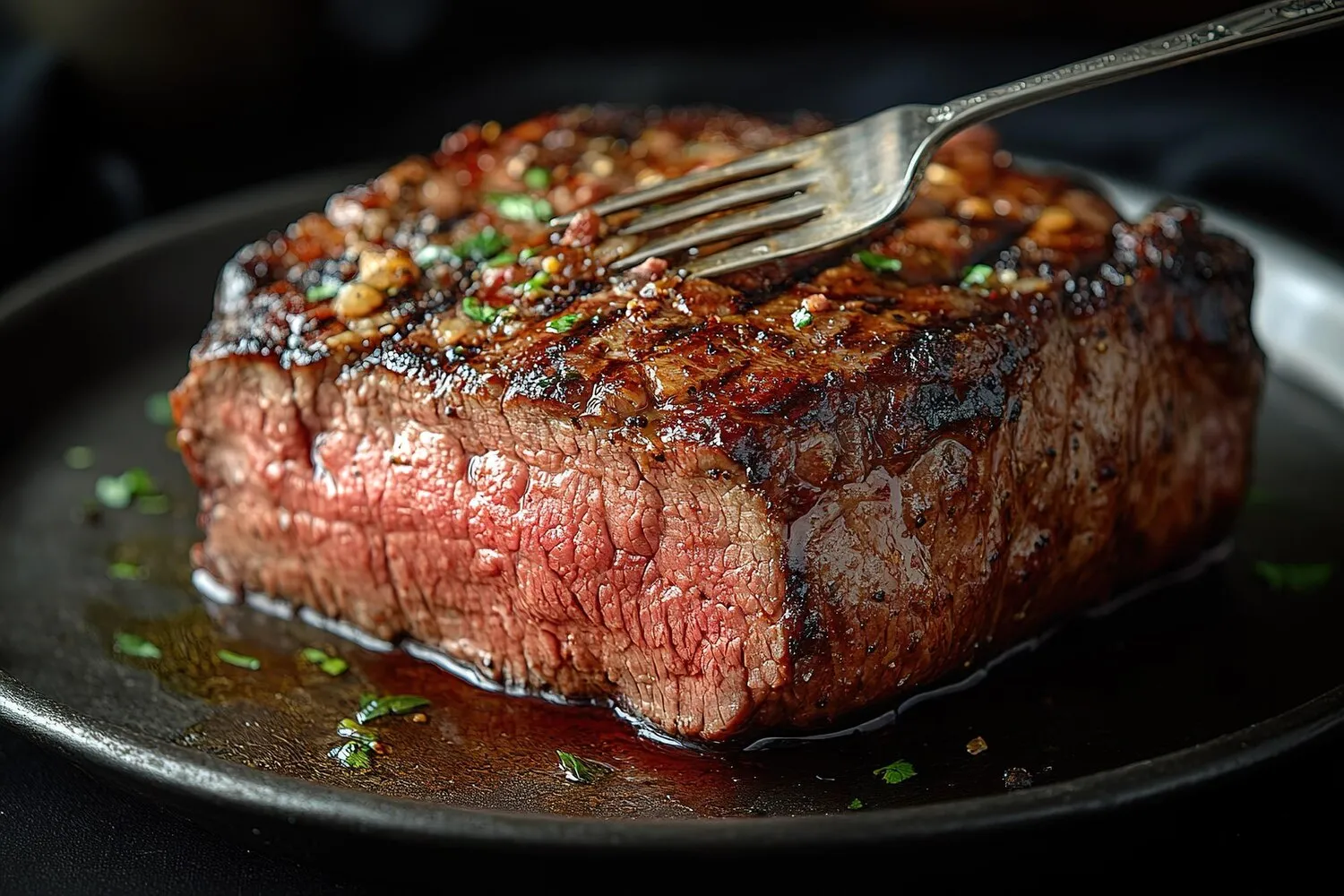
Grilled Meats
Selection of grilled meats, often including beef, chicken, and pork, available as part of the buffet.
Nutrition Facts
* The % Daily Value (DV) tells you how much a nutrient in a serving of food contributes to a daily diet. 2,000 calories a day is used for general nutrition advice.
Divino sabor restaurante buffe livre.
Grilling meat is one of the oldest forms of cooking, dating back to prehistoric times when humans first learned to control fire. Different cultures worldwide have developed their own unique grilling techniques and traditions based on available ingredients and regional preferences. The development of grilling techniques mirrors the development of human civilization itself, with advancements in tools and techniques leading to more sophisticated grilled dishes.
Grilled meats are a centerpiece of social gatherings in many cultures, representing celebration, abundance, and community. The act of grilling is often a communal activity, bringing people together to share food and conversation.
Barbecues and Cookouts
In many Western countries, barbecues and cookouts are popular social events centered around grilling meats. These gatherings often involve friends and family enjoying food, drinks, and outdoor activities.
Asado (South America)
In South America, particularly in Argentina and Uruguay, asado is a traditional barbecue that involves grilling various cuts of meat over an open fire or grill. It is a significant cultural event often lasting for hours and involving specific techniques and traditions.
Yakiniku (Japan)
Yakiniku is a Japanese style of grilling meat, where diners grill small pieces of meat on a tabletop grill. It is a popular social dining experience, often involving a variety of meats and vegetables.
The flavors of grilled meats are primarily defined by the quality of the meat itself, the marinade or rub used (if any), and the method of grilling. Common flavors include savory, smoky, and slightly charred.
The primary flavor comes from the meat itself, which can range from the rich, beefy taste of steak to the more delicate flavor of chicken or pork. Marinades often contribute layers of flavor, such as sweetness from sugar or honey, acidity from vinegar or citrus juice, spiciness from chili peppers or spices, and umami from soy sauce or fish sauce. The grilling process imparts a smoky flavor and creates a desirable char on the surface of the meat. Herbs like rosemary, thyme, and oregano are often used to enhance the natural flavors of the meat.
Meat Selection
Choose high-quality cuts of meat with good marbling (intramuscular fat) for optimal flavor and tenderness. Consider the cut's suitability for grilling; some cuts are better suited for high-heat grilling while others benefit from slower cooking.
Grilling Temperature
Preheat the grill to the appropriate temperature based on the type of meat and the desired level of doneness. Use a meat thermometer to ensure that the meat reaches a safe internal temperature.
Resting Time
Allow the grilled meat to rest for several minutes before slicing and serving. This allows the juices to redistribute, resulting in a more tender and flavorful final product.
Marinade or Rub
Marinating or using a dry rub can add flavor and moisture to the meat. Allow sufficient time for the marinade or rub to penetrate the meat before grilling.
Explore additional Grilled dishes and restaurants
Explore GrilledDiscover top dining spots and culinary experiences in Santa Catarina.
Explore Santa CatarinaLearn more about the food culture, restaurant scene, and culinary heritage of Brazil.
Explore Brazil
